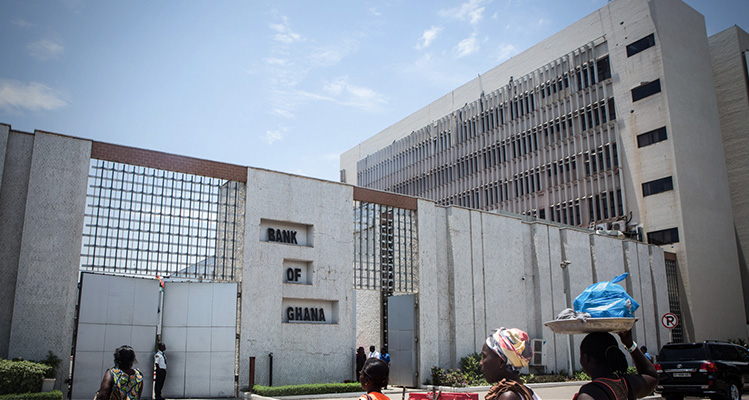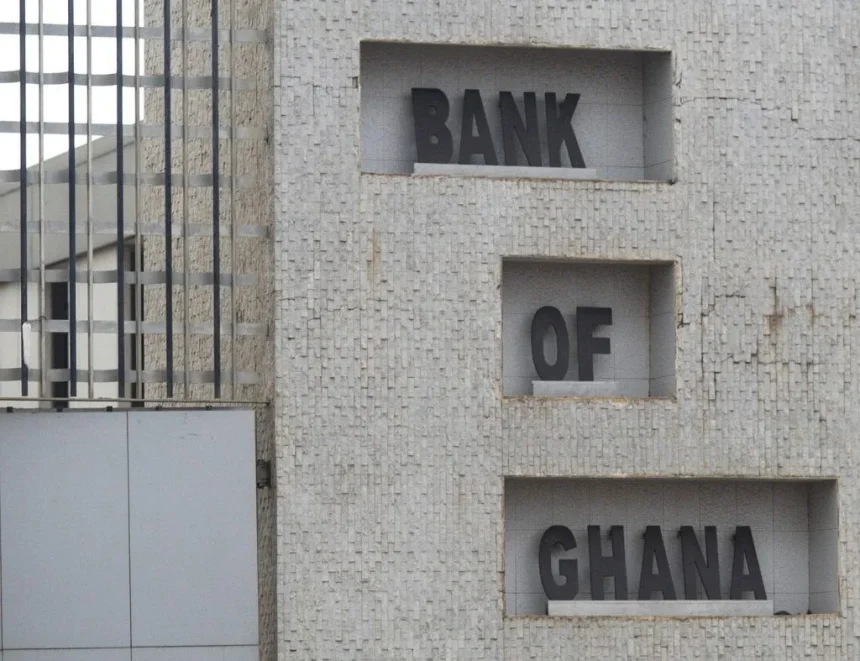The Bank of Ghana (BoG) has signed a Memorandum of Understanding (MOU) for recapitalization with the Government of Ghana. This move comes as a strategic effort to bolster the central bank’s financial health and improve its equity position after experiencing substantial losses in the past two years.
Details
In 2022, the BoG reported a staggering GHS 60.9 billion loss due to impairments during the domestic debt exchange program. The following year, the losses continued with a GHS 10.5 billion deficit, primarily attributed to high expenditures related to monetary interventions aimed at controlling inflation.
These interventions involved open market operations, which are crucial for mopping out excess liquidity in the economy to maintain demand for forex for goods and services at a stable level.

The recapitalization plan is expected to detail the capital required, the timeline for recapitalization, and, importantly, the sources of funding. This recapitalization is anticipated to enhance the BoG’s operations both domestically and internationally, reinforcing its role in the economic stability of Ghana.
The decision to proceed with the recapitalization has been discussed thoroughly by the Ministry of Finance, the BoG, and the International Monetary Fund (IMF), following an assessment of the impact of the domestic debt exchange program on the BoG’s balance sheet.
How Recapitalisation Works
Recapitalization of a central bank involves restructuring its capital to improve its financial health and ensure it can fulfill its monetary policy and financial stability mandates effectively.
Here are key steps and considerations in the recapitalization process:
Assessment of Financial Health
The first step is to assess the central bank’s financial condition. This involves evaluating the bank’s capital adequacy, asset quality, and overall balance sheet strength.
Identification of Capital Shortfall
If the assessment reveals a capital shortfall, the extent of the recapitalization needed is determined. This includes quantifying the losses and determining the amount of capital required to restore financial stability.
Government Intervention
Recapitalization often involves the government injecting capital into the central bank. This can be done through various means:
- Direct Cash Injection: The government can provide a direct infusion of funds to the central bank.
- Issuance of Government Securities: The central bank may receive government bonds or securities, which can be held on its balance sheet to bolster its capital.
- Equity Investment: In some cases, the government may increase its equity stake in the central bank.
- Internal Measures: The central bank can also take internal measures to improve its capital position, such as retaining earnings, selling non-core assets, or adjusting its portfolio of foreign reserves.
Long-term Sustainability
Beyond immediate capital needs, the central bank and government must implement measures to ensure long-term financial sustainability. This might involve policy adjustments, improved risk management practices, and strategies to prevent future capital shortfalls.
Case Studies of Recapitalisation
European Central Bank (ECB): During the European sovereign debt crisis, several eurozone central banks faced significant losses. The ECB and national governments had to undertake measures to recapitalize these banks to stabilize the financial system.
Bank of Japan (BoJ): In the late 1990s, the BoJ underwent recapitalization to manage the aftermath of the Japanese asset price bubble. The government provided substantial financial support to ensure the central bank could maintain monetary stability.
Catch up on news and other tidbits on our WhatsApp Community Page, Twitter/X, and subscribe to our weekly newsletter to ensure you don’t miss out on any news.







